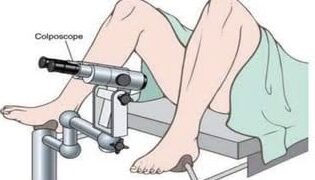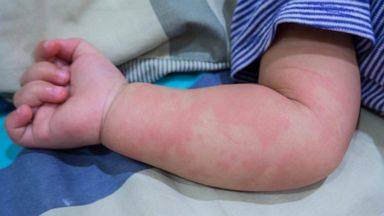Some of its symptoms include a rash and fever, high fever and peeling skin. In late stages, there may be inflammation of medium-sized blood vessels (vasculitis). It also affects lymph nodes, skin and mucous membranes, such as inside the mouth.
he World Health Organisation has said it was concerned about the emergence of a possible inflammatory disease in children that may or may not be linked to the novel Coronavirus.
Some of its symptoms include a rash and fever, high fever and peeling skin.
In late stages, there may be inflammation of medium-sized blood vessels (vasculitis). It also affects lymph nodes, skin and mucous membranes, such as inside the mouth.
Maria Kerkhove, head of WHO’s Zoonosis Unit, made the revelation on Friday in Geneva, Switzerland.
She said, “World health officials are increasingly hearing about cases of an inflammatory disease similar to Kawasaki disease in a few countries, including the United States and Italy.
“We need more information collected in a systematic way because with the initial reports, we’re getting a description of what this looks like, which is not always the same,” Ms Kerkhove said, adding that, “And in some children, they tested positive for COVID-19 and other children have not. So we do not know if this is associated with COVID-19.”
Kerkhove said officials raised the alert among the WHO’s global clinical network, which is a group of clinicians across the world dealing with COVID-19 patients.
She said the disease is explained as an illness that causes blood vessels to become inflamed, almost always in young children.
It’s one of the leading causes of heart disease in kids but doctors can treat it if they find it early and most children recover without any problems.
Tedros Ghebreyes, WHO Director-General, in his remarks on the new disease said, the organisation had developed a preliminary case definition and a case report form for Pediatric Multisystem Inflammatory Syndrome.
“I call on all clinicians worldwide to work with your national authorities and WHO to be on the alert and better understand this syndrome in children,” he said.
GET MORE NEWS ON FACEBOOK & TWITTER




































